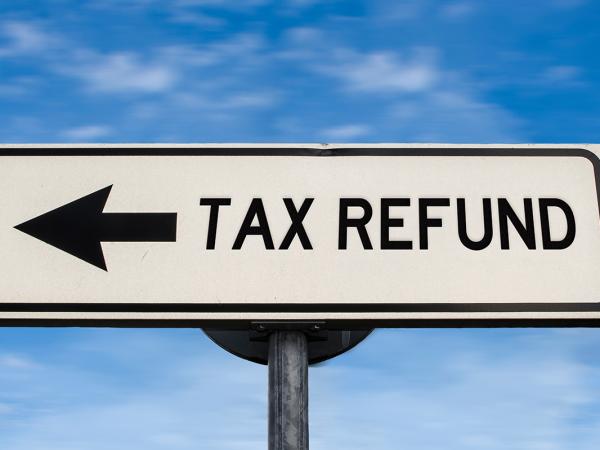Tax on savings and investments
Income from savings and investments can be taxed differently depending on what type of income it is. There are separate rates of tax for savings income and for dividend income. These apply to the savings and dividend income of all UK taxpayers, including Scottish and Welsh taxpayers.

Content on this page:
Types of income
Savings income
Savings income includes interest from:
- banks
- building societies
- National Savings and Investments (NS&I) accounts
As well as interest on bank and building society accounts, savings income includes income such as:
- interest from accounts with providers such as credit unions and certain National Savings and Investments (NS&I) products
- interest included in payments of compensation for mis-sold financial products, such as payment protection insurance (PPI)
- interest distributions from authorised unit trusts, investment trusts and open-ended investment companies
- income from corporate bonds and gilts (government bonds)
- the interest element of income from certain purchased life annuities, profits from deeply discounted securities; profits under the accrued income scheme
- gains from certain life insurance contracts
- foreign interest, unless it is relevant foreign income for remittance basis purposes (that is, where the remittance basis applies in the tax year and the interest is remitted to the UK)
Some of the above sources have tax deducted at source, whereas some are paid gross, with no tax deducted.
For example, tax is deducted automatically from certain forms of savings income such as interest distributions from authorised unit trusts and open-ended investment companies. Tax is also deducted from interest paid on compensation, for example in the case of mis-selling of PPI.
If your savings are held in a joint account, then you usually only pay tax on your share of the income. See Joint income from savings.
You can read more about how tax is calculated on savings interest at Tax on savings income.
Dividend income
For tax purposes, dividend income is not considered to be savings income. Dividend income includes dividends or distributions from:
- company shares
- unit trusts
- open ended investment companies
Dividend income is subject to different rates and allowances to savings income.
However, the term ‘savings income’ is sometimes used to include dividend income. It is also used interchangeably with ‘investment income’.
You can read more about this at Tax on dividends.
Exempt savings and dividend income
Some types of savings and dividend income are tax free. See the following:
Collection of tax and refunds
Tax on savings income may be collected in various ways, such as via PAYE or self assessment.
If you are due tax back, for example, if too much tax has been deducted at source, see Tax refunds on savings income.
Savings income does not include:
- income from letting out a property – also known as rental income – is non-savings income and taxed as such
- profits and gains from cryptoassets – gains from cryptoassets are usually subject to capital gains tax.
Offshore income
Savings or dividend income from outside the UK can be treated differently. See UK tax for UK residents on foreign income and gains.
HMRC sometimes send out letters saying that they have information indicating that the taxpayer currently has or previously had offshore income or gains. They say that if the taxpayer has additional tax to pay, they need to tell HMRC using the worldwide disclosure facility. If this applies to you, we strongly recommend you seek advice as HMRC may seek to charge harsh penalties for the non-compliance.



